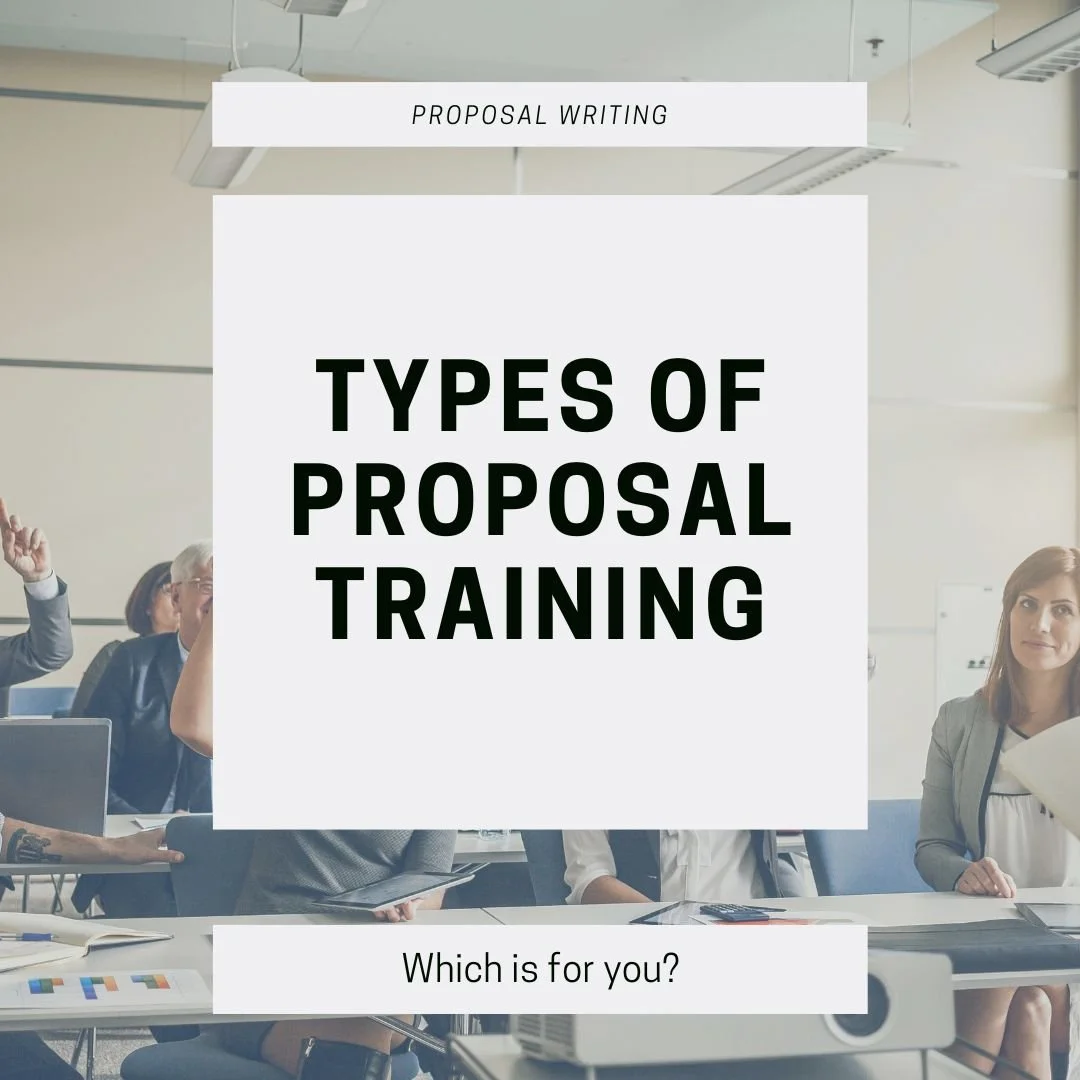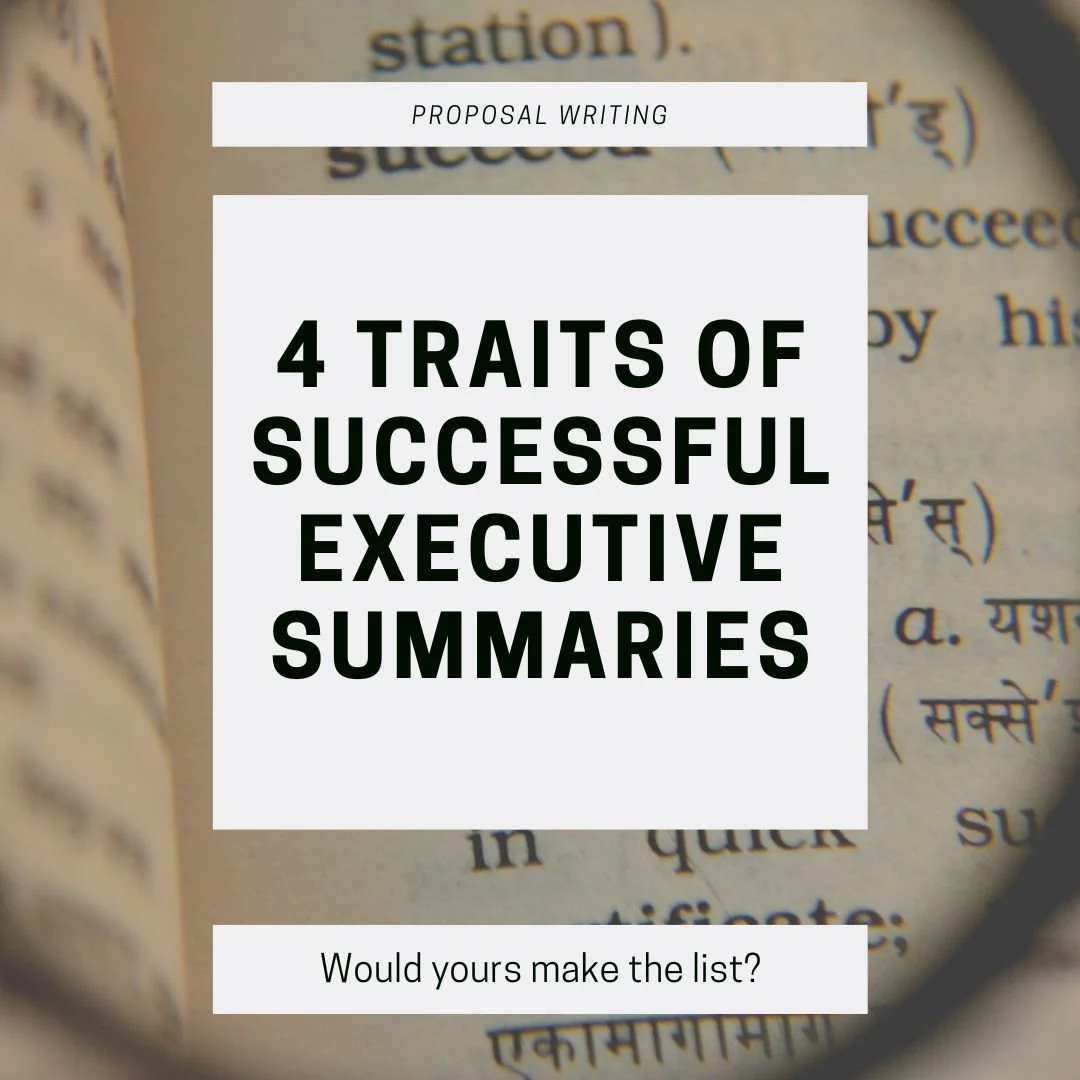It’s easy to respond to identify a perfect tender and submit a bid only to hear back that you lost (if you hear back at all). When this happens again and again, some sellers start to view tenders as a numbers game. The thought is that you’re not likely to win many, so you should send out more to hit your sales goals.
Read MoreFrom tight deadlines to increasing complexity to expanded responsibilities, it’s easy to long for a magical solution to make responding to RFPs easier. With so many new AI options on the market, it can feel like that magic is within reach, but how do you know what’s worth it and what’s not? Let’s take a look at key things you should know about proposal AI before you invest in any tools.
Read MoreOriginally coined by Shipley Associates, capture planning is the process of assessing the competitive landscape and creating a winning strategy for a specific opportunity. For most businesses, this means identifying a key contract and putting resources in place to figure out how to win it. The steps you take will vary, but most companies touch on these aspects as part of capture planning.
Read MoreOne of the most recognized proposal processes is the Shipley Proposal Process. The Association of Proposal Management Professionals (APMP) recognizes Shipley as a top process and offers certification on it.
While it is an excellent process used by many major organizations, for some smaller teams, Shipley can be overkill. If your team consists of only a handful of people (or maybe even just you) and you respond to fairly simple RFPs, then the full process may cause more pain than benefit.
That’s why we follow a simplified version to reap the benefits without having to fill out a robust team with more meetings than are needed.
Read MoreWhether you respond to RFPs or not, a clear Go/No Go process is essential to ensuring you don’t spend too much time on proposals that aren’t likely to win. Figuring out how to make that decision is the hard part, however. To help make it easier, here are thirteen questions you can ask to help you decide if you should send out the proposal.
Read MoreProposal writing is the act of creating a written pitch on a given subject. Good proposal writing requires a lot of forethought, understanding of your audience, and creative writing to persuade the reader.
Read MoreIf you’re searching for a proposal executive summary example, then you know that a compelling executive summary has the ability to engage your audience and inspire them to read your proposal in detail. Writing the content, however, is the hard part. We’ve included proposal executive summary examples here for inspiration to help with your writing.
Read MoreDeveloping a proposal is overwhelming, and creating a compelling proposal letter requires a lot of planning and strategy. It’s easy to think that your letter is simply a formality, but smart companies use the proposal letter as a way to position their solution against the competition.
Read MoreWhile we share tons of free information on our blog and YouTube channel, sometimes you need a bit more detail to help put some ideas into practice. Whether you’re brand new to proposals or looking to expand your existing skillset, there are plenty of trainings out there to help you grow.
Below is a compilation of a few different types of training that are perfect for proposal writers.
Read MoreJuggling RFP deadlines, stakeholder feedback, and customer questions can make it difficult (if not impossible) to reflect on your proposal approach and ways you can improve. To help you on this journey, we’ve compiled a few of the most common proposal challenges and steps you can take to solve them.
If your challenge is…
Read MoreWe talk a lot about proposal techniques and strategies, but today I’m sharing a little behind-the-scenes to show you how some of this can look in practice.
Today we’ll be covering a $400 million proposal that I led and won. This can give you some insight into what to expect as you pursue larger and more competitive RFPs.
Read MoreWhen a customer asks you to send a proposal–whether it’s for an RFP or not–it’s easy to jump ahead to pricing and slap together a basic overview for your proposal.
But taking a moment to pause and think through your strategy can be the difference between winning the contract…or not.
That’s where the Strategy Meeting comes in.
Read MoreA couple years into consulting, I had a client approach me who was concerned about a very aggressive competitor who was pursuing a contract that my client had held for ten years. The contract was a huge part of their business, and the competitor had been doing all of the right things to win over the customer–holding frequent meetings, conducting demos, meeting with all types of stakeholders, etc.
My client knew that if they didn’t create an outstanding proposal, they might lose the contract and have to rework their business.
Read More“How do I show buyers why we’re a better choice than our top competitor?”
When it comes to proposals, this question is asked again and again.
You may have done everything right. Checked off all of the boxes from the RFP. Met with the customer. Created engaging graphics. Developed a sound pricing strategy.
But for some reason, they continue to win while you continue to…not.
In these cases, there is often one main reason why your competitors are winning over you.
Read MoreThe sales process is fraught with challenges.
From securing a meeting with an ideal client to determining the best pricing to creating a winning proposal, there always seems to be just one more step to be completed before contracts are signed.
But when it comes to sales, there is one secret that nearly every successful company uses:
Read MoreExecutive Summaries are one of the most dreaded RFP sections. How do you summarize an entire proposal in just one page? (You don’t.) Will it even be read?
But once you figure out how to write Executive Summaries, they will likely become your favorite section! This part of the proposal is often the most read, and because of that, it requires a little more creativity and focus than other parts of the proposal. To help you on this journey, check out the four key traits of successful Executive Summaries below.
Read MoreThere are few proposal sections more talked about than the Executive Summary.
We get questions every week on this topic:
How do I write an executive summary? When do I include one? Do people even read it?
There are countless articles and videos out there sharing conflicting information about the Executive Summary, but there’s still one misconception that many people hold when they start drafting.
Read MoreWith the start of a new year, many of us are hard at work planning out where to focus our energy for the next twelve months. Below is a list of a few popular proposal goals to inspire your planning, with steps you can take to actually achieve them!
#1 Increase Win Rate
Read MoreOf all the most common proposal sections, the one that I’m asked about again and again is the Executive Summary.
Most Executive Summaries are only 1-2 pages long, yet they seem to strike fear in the heart of any writer, stalling typing and bringing up a new round of writer’s block. The reasons for hesitation vary–some people ask what exactly should be included. Others want to make sure they’re starting the proposal off with the right tone. I’ve heard concerns that this is the only section the client will read, making it even more overwhelming and difficult to craft.
Read MoreOne question a lot of companies ask is “what tool should I be using for my proposals?”
My answer to this question: it depends on your proposals.
So if you often send out non-RFP proposals, I’d like to share what I like about Pandadoc for proposals, what I don’t, and how to determine if it’s a good fit for your company.
Read More



















